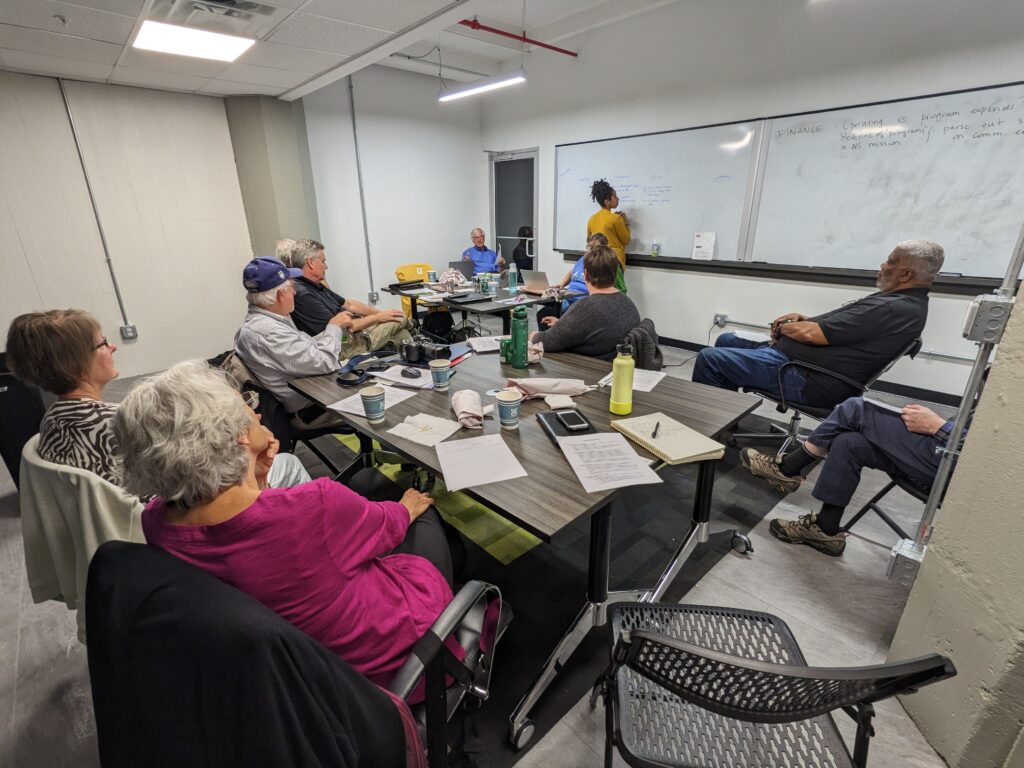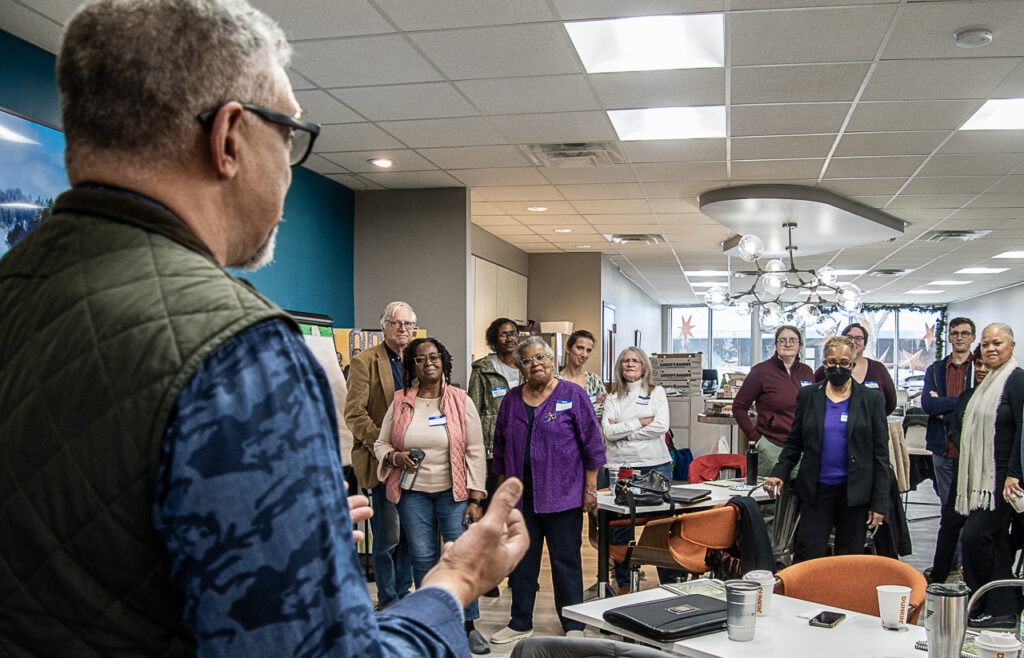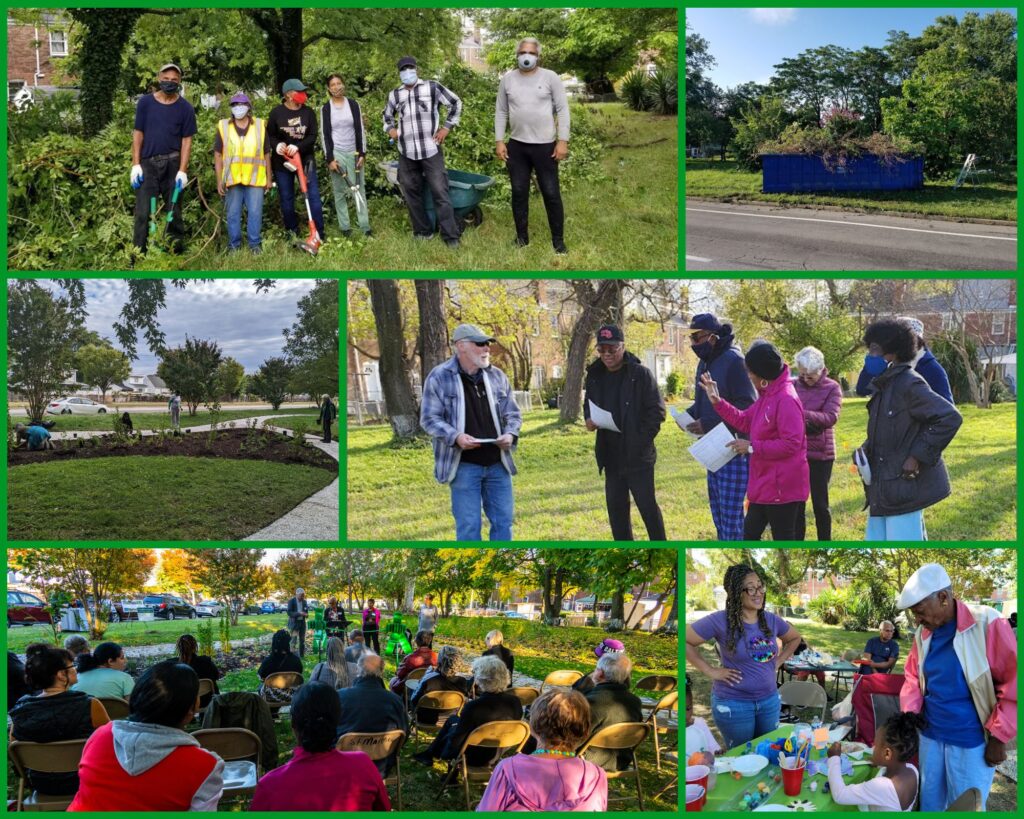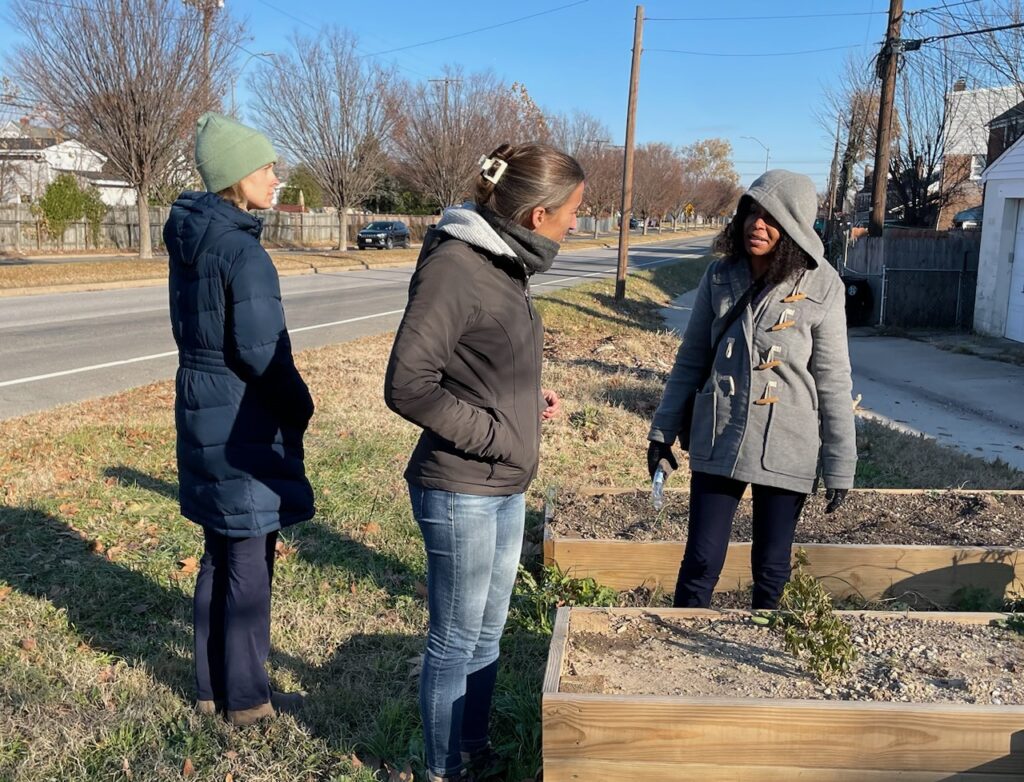A year ago, I shared that NeighborSpace was embarking on a strategic conservation planning process. NeighborSpace Board and staff members completed an overall 5-year strategic plan in the summer of 2023, but we still needed to work out in detail the organization’s approach to protecting new properties. (You can find a summary of the 5-year strategic plan on the NeighborSpace website, under Financials.)

A Strategic Conservation Plan is necessary in order for NeighborSpace to protect new land and enhance more communities at a higher pace, while continuing to steward the spaces we currently conserve and to strengthen our existing partnerships. As the Land Trust Alliance explains, “the purpose of a Strategic Conservation Plan is to guide the land trust’s conservation priorities and to identify strategies for advancing those priorities. Outlining priorities and criteria helps to avoid missed opportunities on the one hand and to avoid acquiring properties that don’t fit the land trust’s mission on the other hand.” By streamlining the project selection process and by mapping priority areas, a Strategic Conservation Plan actually helps the land trust increase its pace of conservation. With its focus on social factors, NeighborSpace also wants to ensure that it is providing public open space in an equitable manner.
As in all its work, NeighborSpace is centering community in its approach to the Strategic Conservation Planning process. Thanks to a Keep Maryland Beautiful grant, NeighborSpace was able to host a professionally facilitated brainstorming session in January 2024 for staff, Board members and stewardship partners. This session clarified shared priorities, common challenges and successes, and the type of support that partner communities value most. In trying to use this information to draft a comprehensive but cohesive plan that provides clear direction for the years to come, NeighborSpace realized that it needed to engage a broader group of stakeholders and incorporate observations beyond what is currently measured by its custom GIS tool, such as community capacity, environmental justice issues, threat of development, etc.

To this end, NeighborSpace applied for and was awarded technical assistance through the National Park Service’s Rails, Trails and Conservation Assistance program in May 2024. Starting in July, I’ve been meeting monthly with a team of three planning experts who have been assigned to NeighborSpace to facilitate the creation of a strategic conservation plan. The first several sessions focused on gaining insight into NeighborSpace’s model and sharing its successes and challenges. We then narrowed down which processes this strategic conservation plan needs to provide guidance for. NeighborSpace is unique in that it protects green spaces that have not previously been cared for to create parks from scratch and then very actively steward them. Because we take a community-centered approach to each of these phases, from conservation through restoration to ongoing stewardship, a strategic conservation plan for NeighborSpace needs to provide much more than simply a list of criteria and priorities. It needs to outline not only what type of property we’re looking to protect in which area, but also how we plan to reach out to and engage with communities, what our restoration priorities are, and what support we provide to neighbors to ensure sustainable stewardship.

We’ve taken some time to look at the work and plans of similar organizations elsewhere, considered stakeholder groups and discussed a timeline. The next step was for the NPS experts to get to know the NeighborSpace sites and communities! Earlier this month, the NPS team joined me for a tour of nine NeighborSpace sites and met some of NeighborSpace’s stewardship partners. We are excited to move on to the next phase in the new year and begin to meet with stakeholders.


At Greenbrier Memory Garden and Ridgely Manor Park with stewardship partner Dale Cassidy in Towson
